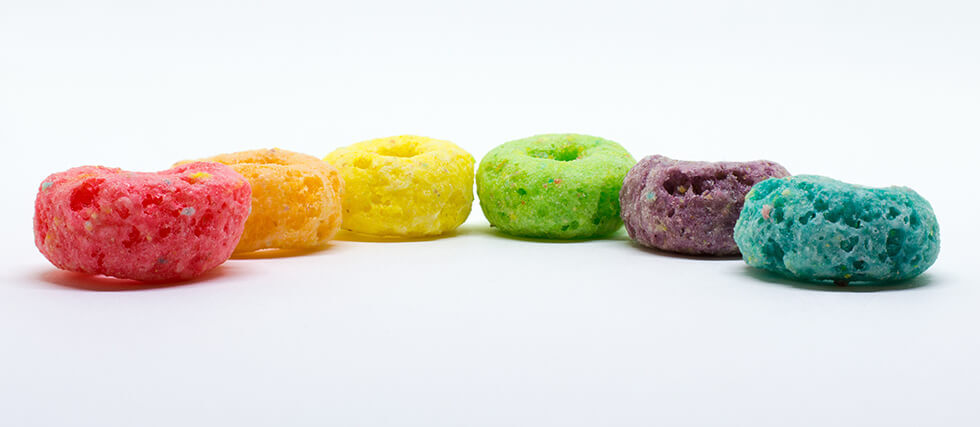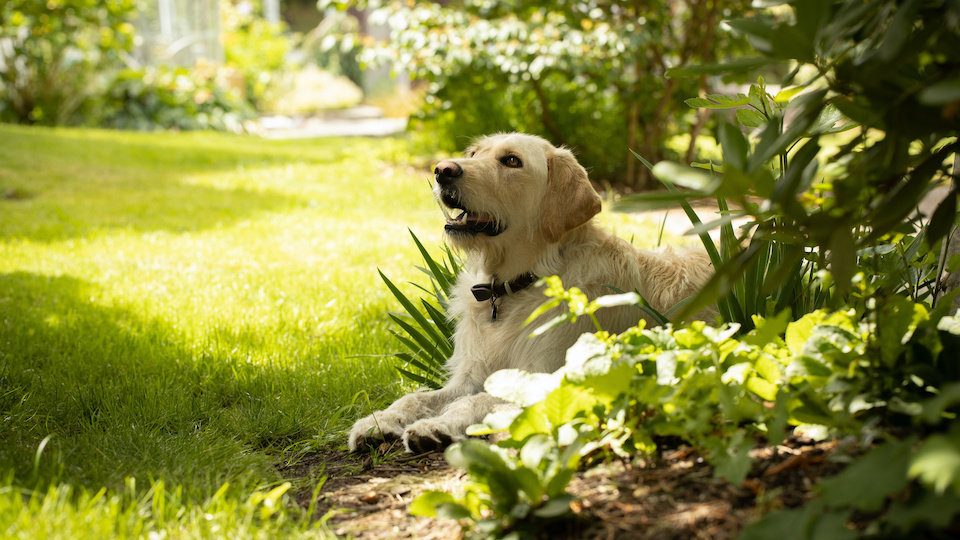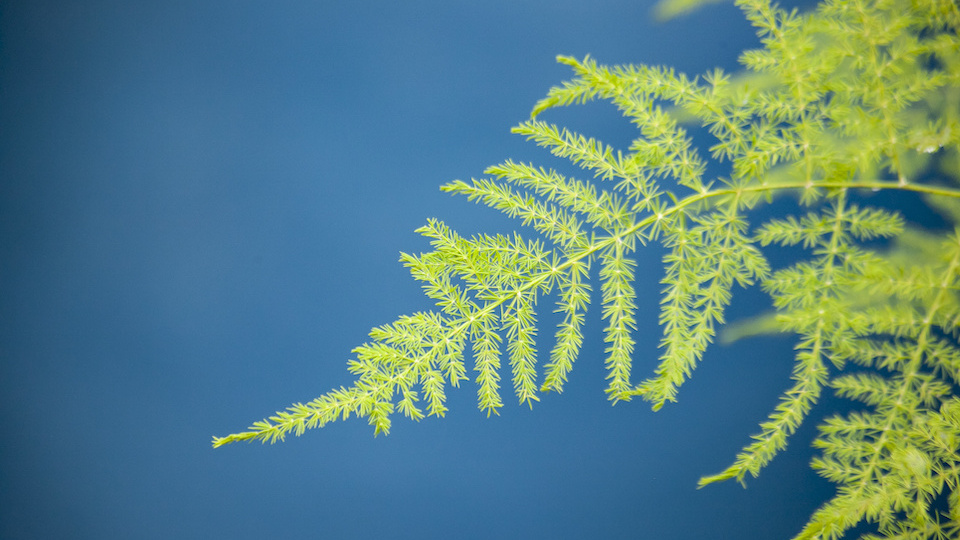What’s Really in Your Toothpaste? + A Natural DIY Recipe That Works
We all use toothpaste daily, but have you ever flipped the tube and looked at the ingredients? While the promise is fresher breath and fewer cavities, many mainstream brands contain chemical additives that may do more harm than good over time. Here are five common ingredients to avoid:
➤ Triclosan – An antibacterial agent linked to hormone disruption and antibiotic resistance. Though banned from soaps, it still appears in some toothpastes.
➤ Sodium Lauryl Sulfate (SLS) – A foaming agent that can irritate gums and contribute to mouth ulcers.
➤ Artificial Sweeteners – Saccharin and aspartame may affect your gut and metabolism over time.
➤ Propylene Glycol – A synthetic chemical also found in antifreeze. It may cause skin or gum irritation with long-term use.
➤ Artificial Dyes – Blue 1 and Red 40 may look appealing but offer no dental benefit and have been linked to behavioral and allergic reactions.
Your mouth is one of the most absorbent parts of your body. What you put in it matters. If you’re looking for a clean, safe, and effective alternative, skip the store and try this:
Simple Homemade Toothpaste Recipe
Ingredients:
- 2 tbsp organic coconut oil
- 1 tbsp baking soda
- 10–15 drops peppermint essential oil
- 1 tsp xylitol powder (optional)
- A pinch of sea salt (optional)
Instructions:
- Mix all ingredients in a small bowl until smooth.
- Store in a small glass jar. Use a clean spoon or spatula to scoop a pea-sized amount onto your toothbrush.






